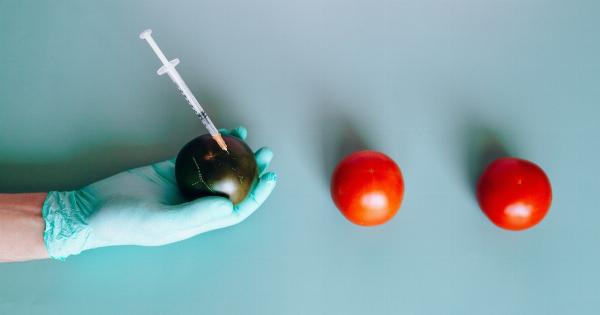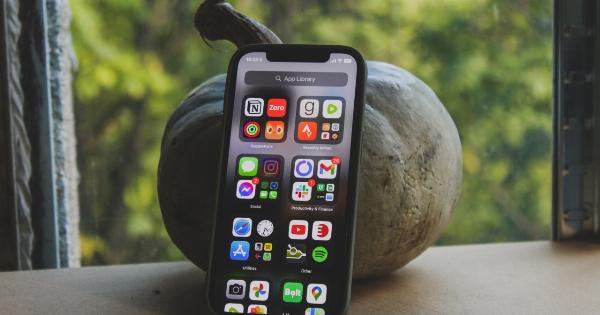Cancer is a terrifying diagnosis for anyone to receive. Luckily, though, there is an increasing number of tools available to help oncologists predict and manage patients’ prognoses.
One of the more unique tools in development is handshake predictiveness, which uses a machine learning algorithm to analyze video recordings of patients’ handshakes to make predictions about their survival chances. While still in its early stages, research on handshake predictiveness has been promising and may offer an innovative new way to support patients living with cancer.
What Is Handshake Predictiveness?
In the simplest terms, handshake predictiveness involves analyzing an individual’s handshake to predict their prognosis.
The tool uses computer algorithms that are trained to recognize patterns in the way a person shakes another person’s hand, such as:
- The firmness of the handshake
- The duration of the handshake
- The amplitude of the handshake
Why Study Handshake Predictiveness?
The concept of using physical movements to identify health conditions or prognoses is not new. For example, the way a person walks can reveal a lot about their health.
There has been a growing interest in recent years, however, in the concept of “digital biomarkers” – technical measurements that can be used to evaluate and monitor health conditions.
Handshake predictiveness is a new type of digital biomarker, and research into this tool could provide valuable insights into how physical behaviors are linked to cancer prognosis.
The more we know about the relationship between physical behaviors and cancer outcomes, the better equipped we will be to develop new ways to treat, manage, and potentially even prevent cancer.
The Science Behind Handshake Predictiveness
Early research into handshake predictiveness is promising.
For example, a study published in the Journal of Clinical Oncology in 2019 found that “patients with stage III colorectal cancer who had a weaker hand grip strength tended to have a higher risk of cancer recurrence and a shorter survival rate.” The researchers in this study suggest that grip strength could be used as a potential marker for cancer prognosis.
Similarly, a pilot study published in IEEE Transactions on Biomedical Engineering in 2020 examined the use of machine learning to analyze video recordings of handshakes between patients and medical staff.
The algorithm used in this study was able to accurately predict survival rates for cancer patients based on their handshake recordings.
Potential Uses of Handshake Predictiveness
So what are the practical applications of handshake predictiveness? One of the most significant benefits of this tool is that it is non-invasive and relatively simple to use – all that is needed is a video recording of a handshake.
This means that it could potentially be used as a screening tool during routine visits with physicians or between chemotherapy treatments.
Additionally, handshake predictiveness could be used to help identify patients who may benefit from more aggressive treatment plans – for example, if the tool predicts a particularly poor prognosis, doctors may choose to adjust the patient’s treatment plan accordingly.
Challenges to Using Handshake Predictiveness
As with all new medical tools, there are certain challenges that need to be addressed before handshake predictiveness can be widely used in clinical practice.
One of the most significant challenges is making sure that the algorithm is accurate and reliable. This will involve a lot of testing and validation to ensure that the predictions made by the algorithm are consistent and reproducible.
Another challenge to consider is making sure that the tool is sensitive to individual differences – for example, someone with arthritis or a physical disability may not be able to shake hands in the same way as someone who is healthy.
The algorithm will need to be able to account for these differences to ensure that its predictions are as accurate as possible for all patients.
The Future of Handshake Predictiveness
While the idea of using a handshake to predict cancer prognosis may seem odd at first, research into this tool has been promising.
As more studies are conducted and more data is collected, we may begin to see handshake predictiveness used in clinical practice to help oncologists make informed decisions about patient treatment options.
Ultimately, the hope is that handshake predictiveness will be just one piece of a larger puzzle – a new tool in the ongoing fight against cancer.



























